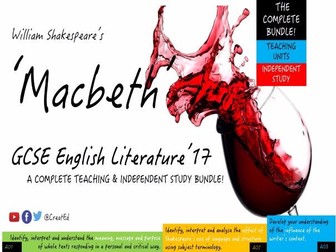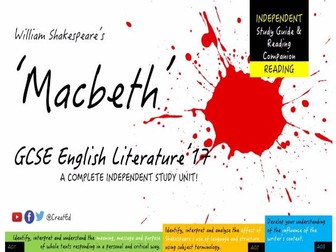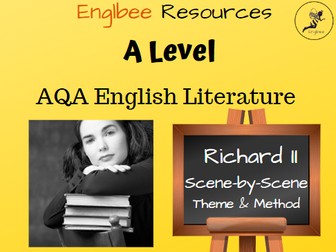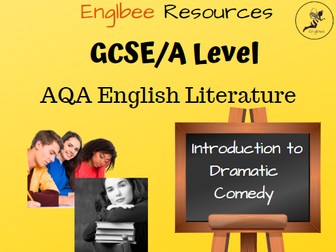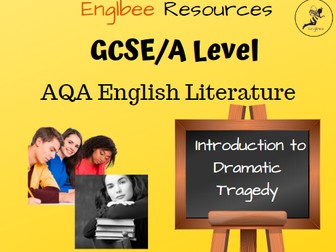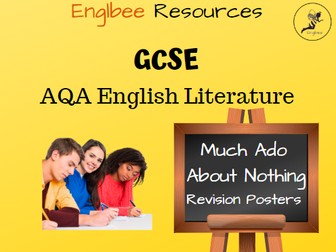
Sonnet 116 - William Shakespeare - Love and Relationships Poetry
This lesson enables students to build their knowledge of the content, language, and structure of William Shakespeare’s ‘Sonnet 116.’ In particular, students learn how metaphor, the sonnet structure, rhyme, and iambic pentameter help the poet to get across his message about love.
Students learn through a logical and step-by-step learning journey, including:
-Exploring the key concept of 'love' and its many meanings;
-Understanding key information about William Shakespeare and his sonnets;
-Reading and interpreting the poem;
-Understanding the poem, with a particular emphasis upon the content, language, and structural features;
-Writing an extended analysis piece based upon how Shakespeare gets across his messages about love in the poem, through the use of language and structure;
-Peer assessing each other's learning attempts.
Included is:
- Whole lesson PowerPoint - colourful and substantial; (including hyperlink to a reading of the poem)
- Copy of poem;
- Structural devices worksheet
- Analysis template with in-built success criteria for creating well-structured responses;
- Comprehensive lesson plan.
There are also opportunities for group learning, peer assessment, and whole class discussion. This was originally taught to middle-ability year 9/10 groups, but can easily be differentiated for groups of different ages and abilities.
All images are licensed for commercial use, and image rights are listed on the last page of the presentation.

